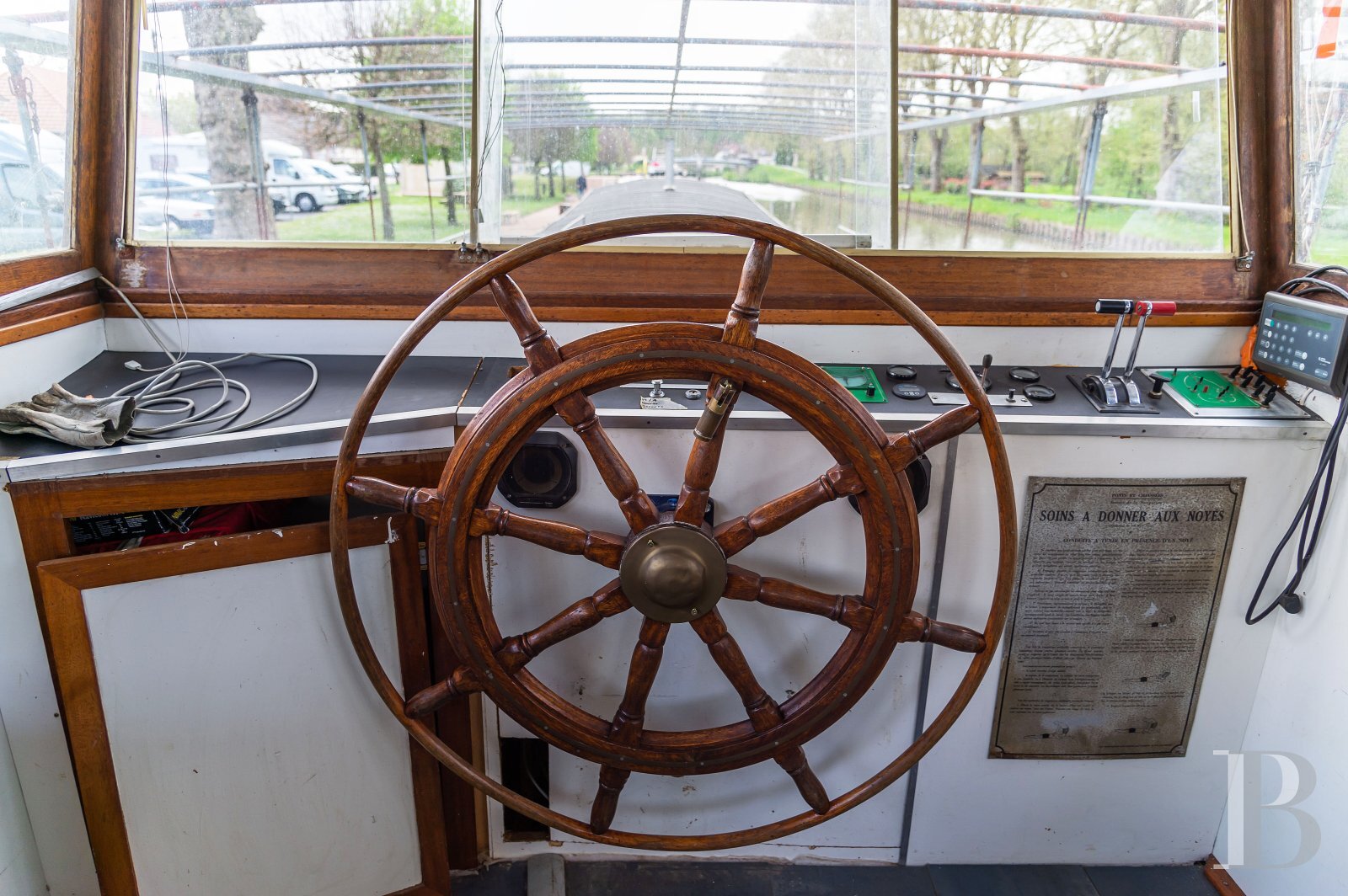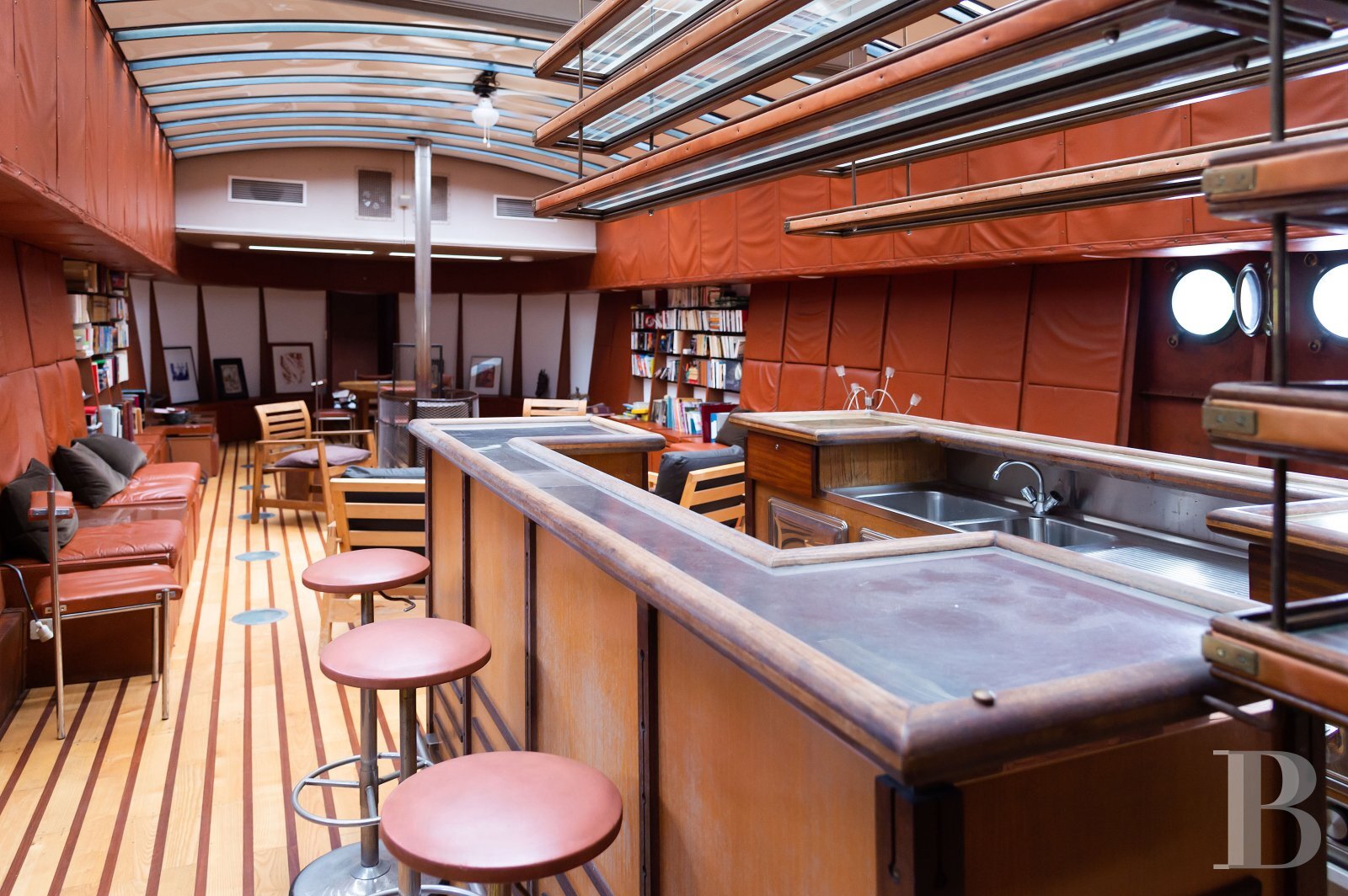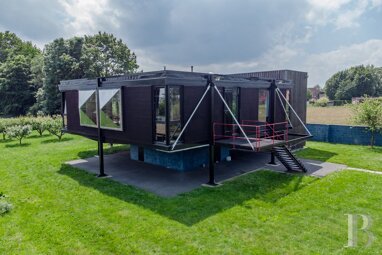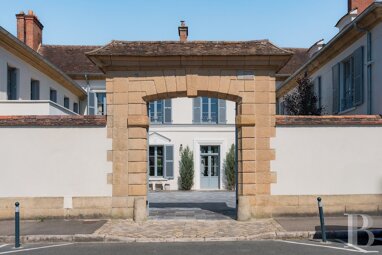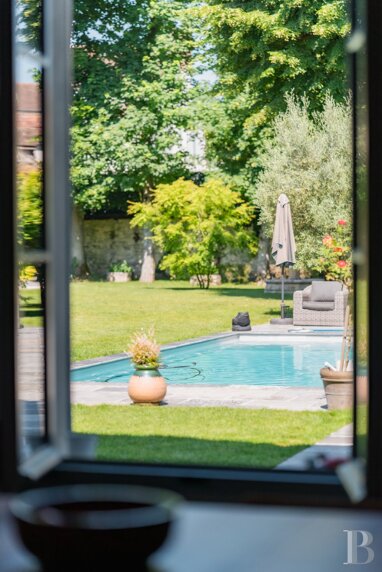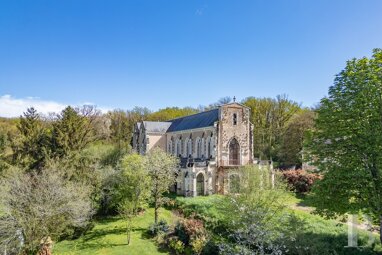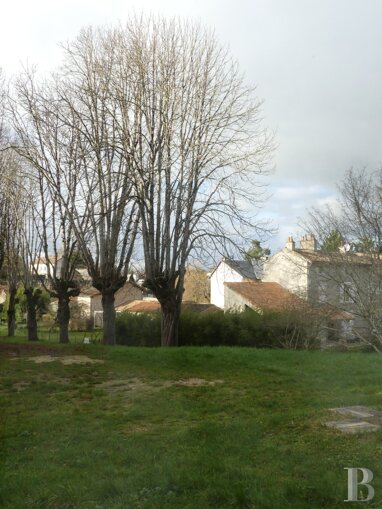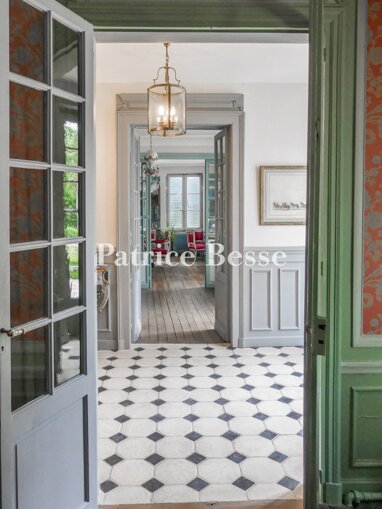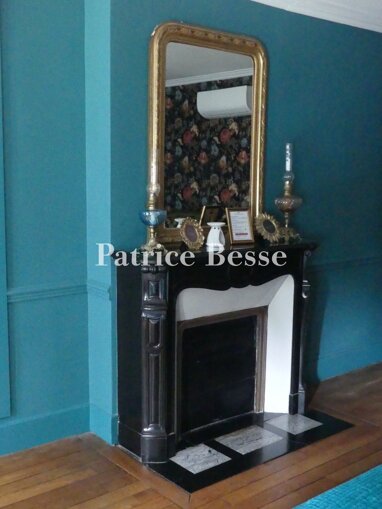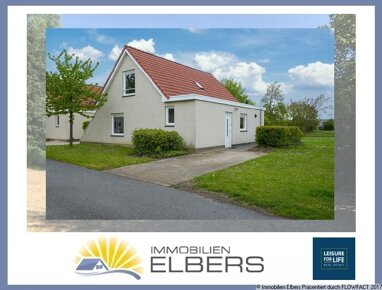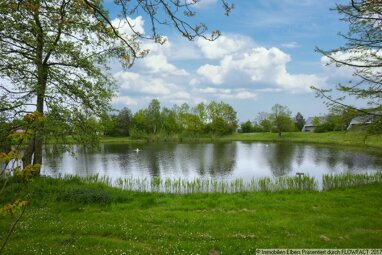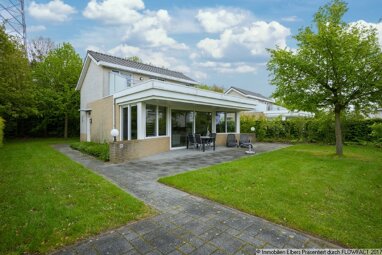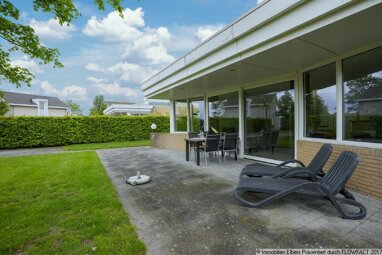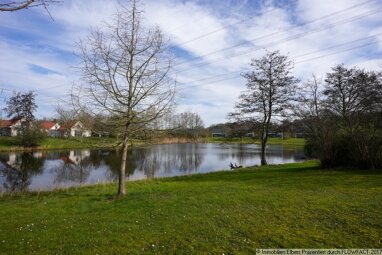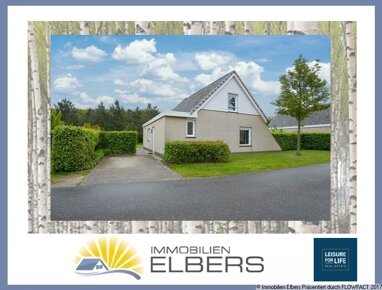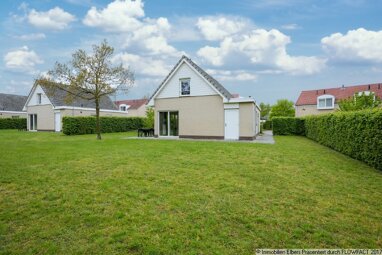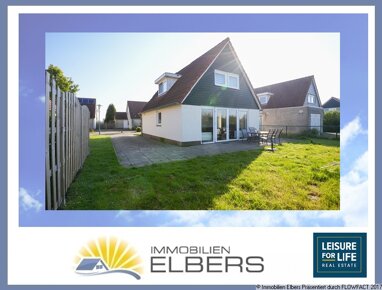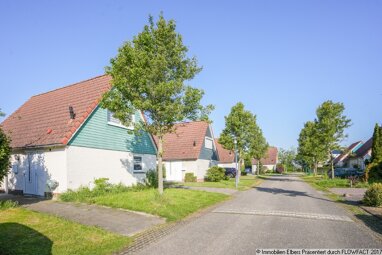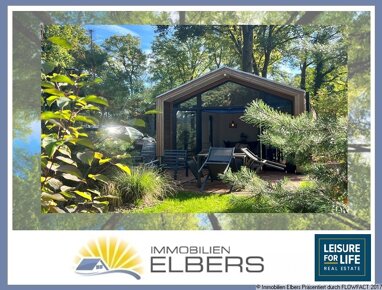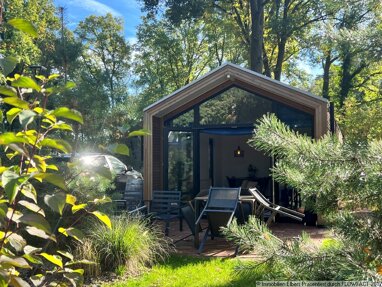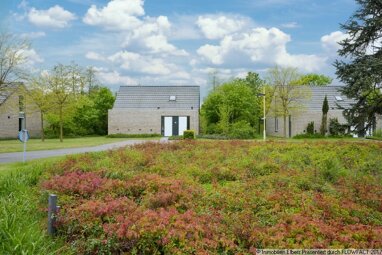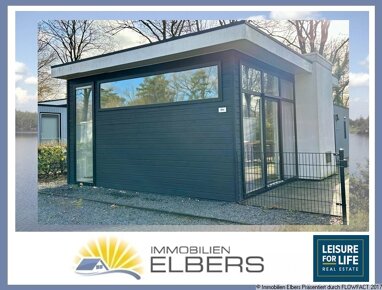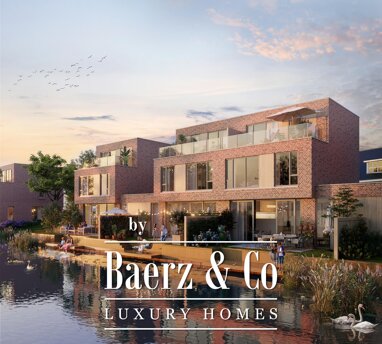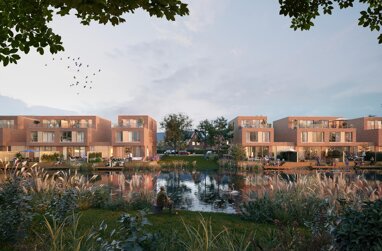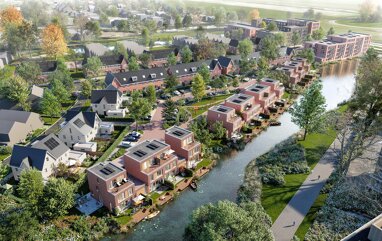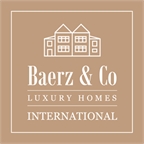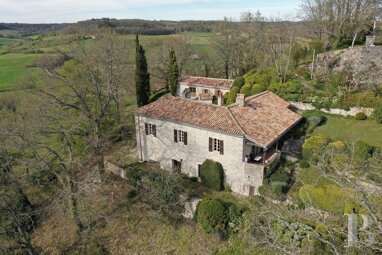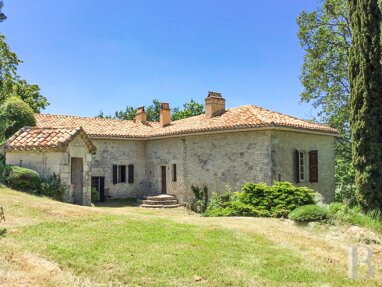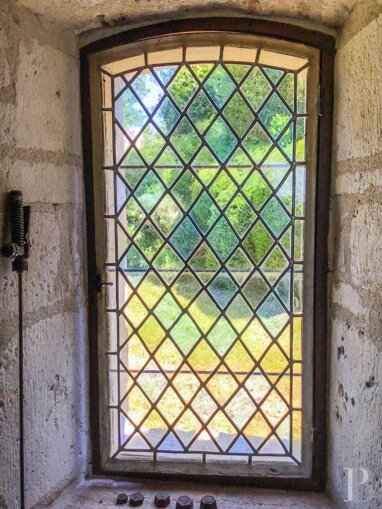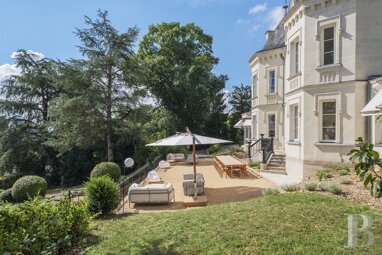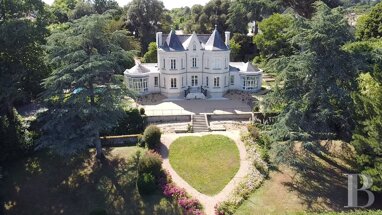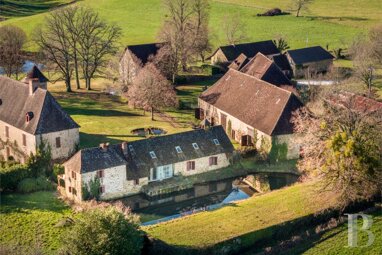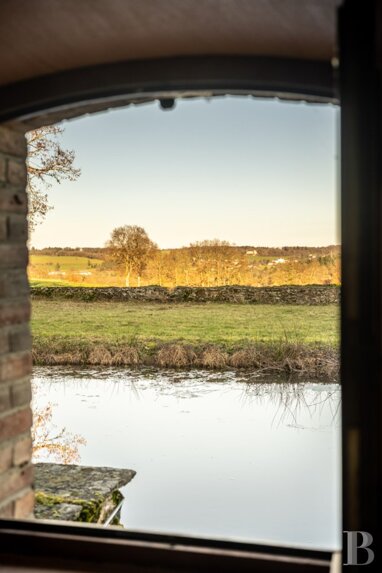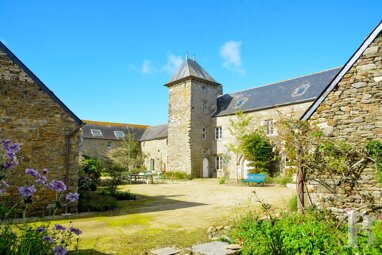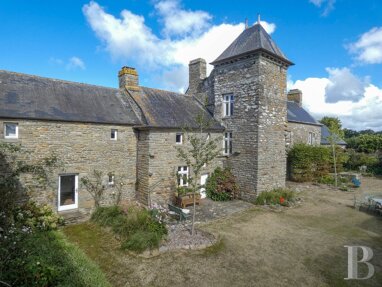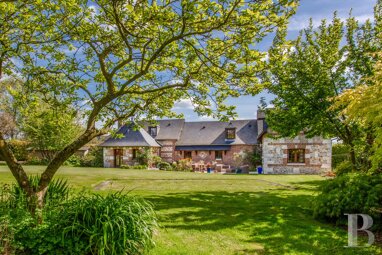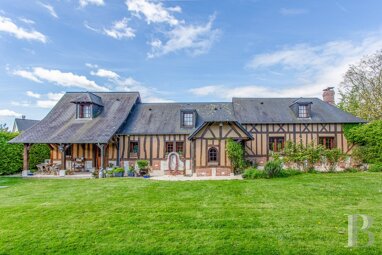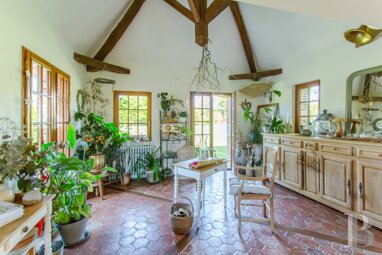A barge designed by the famous architect Jean Nouvel in 1991, moored in a marina in Burgundy, less than 2 hours from Paris - ref 615054
A barge designed by the famous architect Jean Nouvel in 1991, moored in a marina in Burgundy, less than 2 hours from Paris.
The property is located in the north-western part of the Burgundy-France Comté region, in the department of Yonne, in a picturesque village steeped in history. With its rich architectural and cultural heritage, the little town attracts many visitors every year to discover its famous locks, which were built by Henry IV and the Duke of Sully in the 16th century and have been listed as a historic monument since 1983. However, the locks are not all that the village has in its past, as evidenced by the 12th-century church overlooking the village and the old wash-house with its frescoes illustrating the work of the washerwomen of yesteryear. Just a stone's throw away, you'll find another town with plenty of shops and services needed on a daily basis and a train station with a 2-hour connection to Paris-Bercy.
Built in 1930, the barge was lived in for decades. Then, much later, in the 1990s, Renault bought it. The company's plan was to bring famous clients together here and organise seminars away from the hustle and bustle of Paris. At the time, the barge was located near the TF1 studios on the Quai du Point du Jour in Paris. In 1991, the Chairman of Renault called on the architect Jean Nouvel, one of the main organisers of the international design competition for Les Halles de Paris. He headed the Association pour la mutation de l'Île Seguin in 2001, which opposed the demolition of the Renault factory. Jean Nouvel has designed major buildings both in France and abroad, including the Arab World Institute, the Cartier Foundation, the Quai Branly Museum in 2006, the Qatar National Museum in Doha and the Louvre Museum in Abu Dhabi in the United Arab Emirates. In 1984, Jack Lang also asked him to assist Carlos Ott, the architect of the Bastille opera house. Moored along a tree-lined quay, the barge is an impressive size and is built to the Freycinet gauge. With its black and yellow colour, it is easy to spot from a distance. The wooden deck from which you can admire the calm surrounding area has railings with a little gate. Metal frames above the deck are used to hoist a tarpaulin that extends the full length of the deck in winter. A large metal tank has also been installed near the entrance, and the barge has a regulation removable footbridge. Numerous windows line the boat, some with ornate metal railings. The outside space is large, thanks in particular to the presence of a vast terrace, to the rear of which is the helm.
The bargeFrom the deck, a straight wooden staircase leads up to the interior cabin, which feels immense. Here, we discover a very large room, divided into several sections: a bar, then a lounge and a dining room. Once the tarpaulin that covers the space above is removed, light shines through the glazed sections of the slightly vaulted ceiling, enhancing all of the materials in the vast room. Here, Jean Nouvel chose to highlight metal and glass, playing on transparency and lighting effects. For him, architecture had to respond to a given situation: in this case, the venue had to be used to receive and entertain guests, hence the bar. Fitted with a number of cupboards, a fridge with a stainless steel door and glass panelling, the upper part features glass shelves lined with wood to match the parquet flooring, with alternating planks in two widths and two distinctly coloured woods: mahogany and ash. Glasses bearing images of famous personalities are a flashback to Parisian brasseries. Stools and other seating, all designed by the architect, follow the same theme of metal and brown leather, whose colours echo those of the wood. This is followed by the lounge area, with glass tables in the centre, flanked by leather benches on either side that include storage space. The ...
